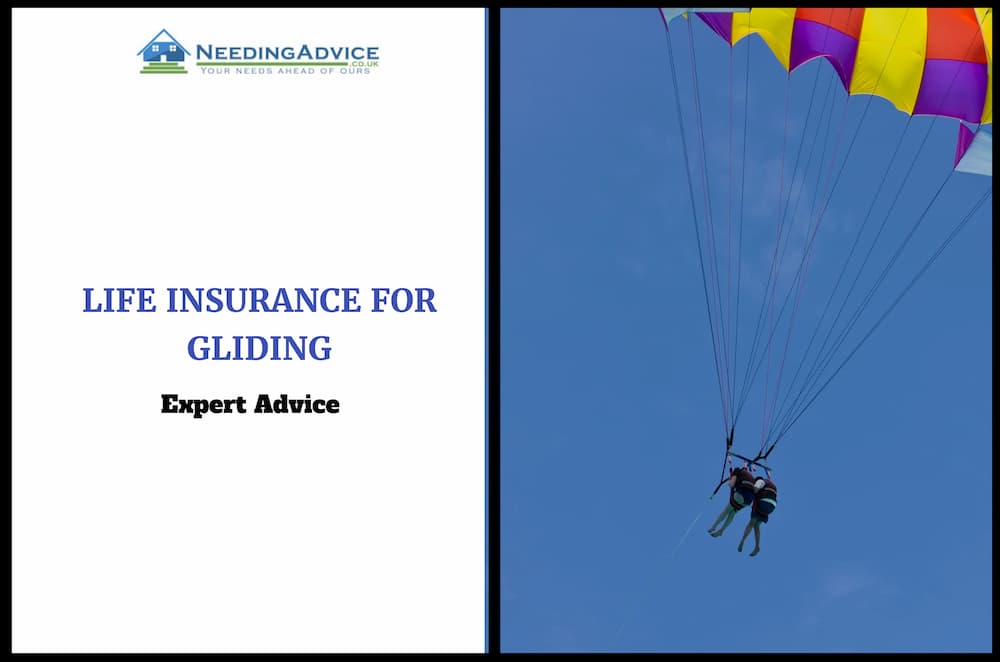Life Insurance
Participating in gliding involves numerous safety measures; however, insurers tend to be more cautious due to the inherent airborne nature of the activity.
During your conversation with one of our advisers, we will inquire:
- How frequently do you glide?
- What is your total air hours?
- Are you alone or with an instructor?
- Are you flying in the UK or overseas?
Life insurance applications are usually evaluated based on your hours of participation in gliding. In usual circumstances, insurers won’t be worried about a one-time event so you should have no trouble getting standard coverage from the appropriate insurer.
Insurers have specific guidelines regarding the number of hours of flight annually that can result in a non-standard assessment of your application. This will result in an increase in the premium you pay for life insurance.
Life insurance premiums can increase in different ways, with one being more gradual and the other possibly resulting in higher premiums.
Critical Illness
Qualified pilots who do occasional flights may be eligible for standard terms when applying for critical illness cover with certain insurers.
Insurers may opt to include an exclusion for illnesses caused by gliding in the policy, particularly for high-risk sports. Most of the conditions covered in a critical illness policy are not related or caused by gliding, so even though exclusions are never ideal, the policy still holds significant value.
Income Protection
Gliders income protection can be set up with no issues if you go to the right insurer.
Certain insurers may be hesitant to provide income protection if you frequently travel by air. The insurer’s definition of regular flying may differ from yours, making it interesting.
Some insurers may choose to raise your policy premiums or implement an exclusion for claims related to gliding injuries. Every insurer has their own policies regarding gliding and the terms they provide for income protection vary.





